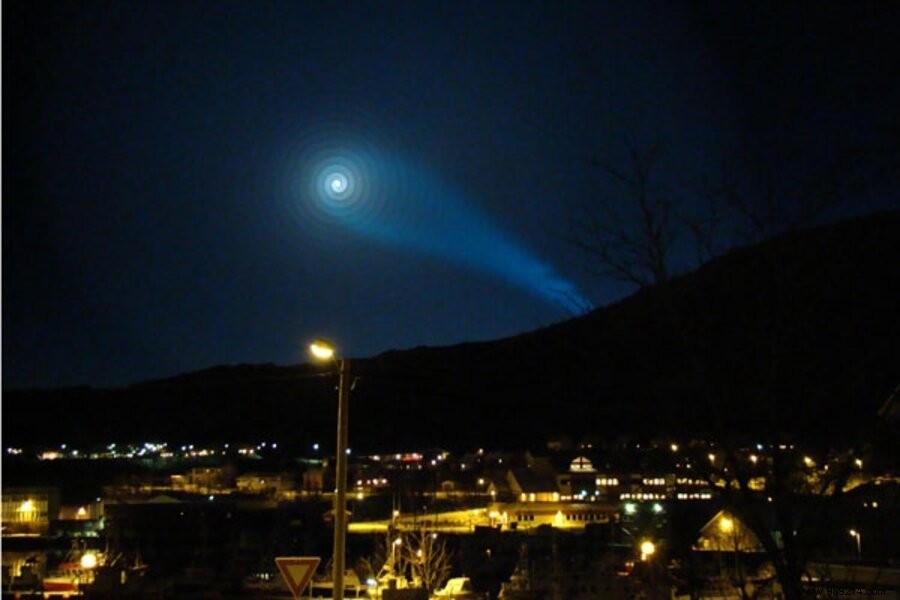The strange spiral drawn in the New Caledonian sky on June 18 is finally explained. According to American astronomer Jonathan McDowell, a specialist in space launches, this spectacular phenomenon was the work of the degassing of a Chinese rocket.
The recent report on unidentified flying objects (UFOs) shared by US authorities demonstrates that many aerial phenomena can still surprise us. On June 18, one of these particularly puzzling events was observed in the skies of New Caledonia and Vanuatu, in the southwest Pacific, around 6 p.m. Above the horizon was indeed a strange spiral (visible below) taking place before the eyes of the spectators.
In a Facebook post, the Caledonian Astronomical Association (ACA) said they had "no explanation to understand this phenomenon, pointing out that a similar form had also been seen in Norway in 2009 .
"It originally consisted of a beam of green light similar in color to the aurora with a mysterious rotating spiral at one end “, said at the time Nick Banbury, one of the witnesses. “This spiral then got bigger and bigger until it turned into a huge halo in the sky with the green beam extending down to Earth “.
Some thought it was a bright meteor, but the hypothesis was quickly dismissed, partly because of the duration of the phenomenon (about ten minutes). According to the findings of astrophysicist Jonathan McDowell, who monitors space launches, this strange spiral observed in the skies of Norway was in fact the result of a failed launch of the Russian missile Bulava . The Russian government then confirmed. The structure had been damaged, causing the exhaust to point at the wrong angle. As a result, the missile began to spin.

This new whirlwind observed in the Pacific sky has an equally down-to-earth explanation. Still according to Jonathan McDowell, it would indeed be the work of the second stage of a Chinese Long March 2C rocket having lifted off on June 18 from the Xichang launch center, with four satellites on board (three Yaogan-30 classified remote sensing satellites and one commercial satellite, according to Spacenews).
After completing its mission, the stage would have expelled some fuel (UDMH and nitrous oxide) in an attempt to release pressure in the tank for the prevent it from exploding. "This is the phenomenon you observed “, finally confirms the Facebook post.